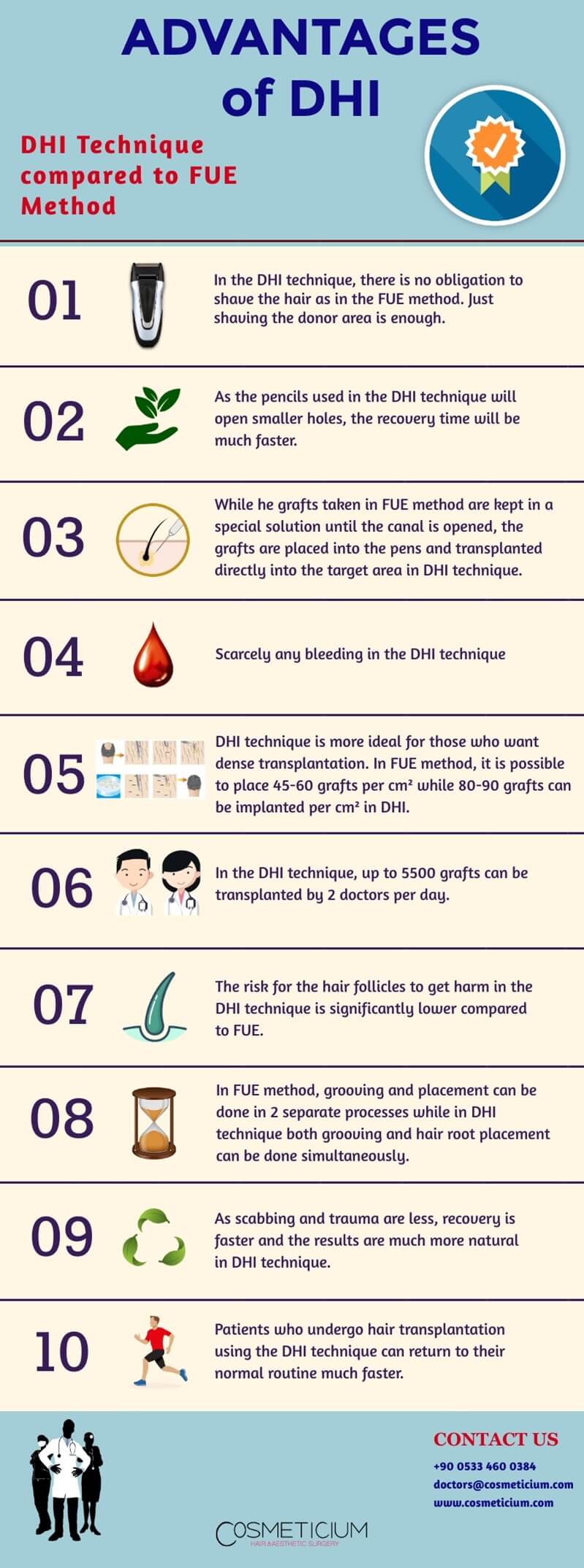Different techniques can be used in hair transplantation. To meet the expectations of people more effectively, continuous studies are conducted in this field and new techniques are developed. DHI technique and the Choi pen implanter are among the recently developed techniques. How did the Choi pen implanter with a high success rate emerge? In which clinics is this advanced method applied?
Table of Contents
How Did the Choi Pen Implanter Emerge?
The Choi pen implanter was first developed in 1992 at Kyungpook National University in South Korea. Then, it started to be used especially in Asian countries. The Choi pen, which has just started to be used also in the Western world, has caused a revolution in hair transplantation.
The Choi pen, as the name suggests, is a pen-like instrument. There is a needle at the bottom where the grafts taken from the donor area are placed. On the upper side, there is a pressing part that allows the needle to enter the relevant area and place the graft.
Advantages of Hair Transplantation with Choi Pen Implanter
Choi pen implanter allows the grafts collected to be transferred directly to the hairless area without opening any canals. The most important advantage of this instrument is that the grafts are placed in a canal of the ideal size for them and it eliminates the risk of going deeper than required.
The Choi pen used in the DHI technique allows the collected grafts to be transplanted without losing any time. Thus, the grafts remain outside for a minimum time and the risk of damage is minimized. The fact that grafts are highly prone to external trauma and the use of Choi pen implanters eliminates this predisposition increases the success rate of hair transplantation.
Grafts Placed to Choi Pen – DHI Hair Transplant from Cosmeticium on Vimeo.
At first, Western surgeons were skeptical about the use of the Choi pen. Because this instrument was developed for the strong, thick, and flexible hair of Asian people. The hair of people in the West is thinner and relatively less flexible. Therefore, it was thought that the use of this instrument would not yield the desired result. However, with the redesign of the instrument to suit thinner hair, the situation has changed and the expected results have begun to be obtained effectively.
Read Also: What is the Best Hair Transplantation Technique for You? [DHI vs. FUE]
Pros and Cons of DHI Hair Transplantation
DHI (Direct Hair Implantation) technique can be defined as an advanced version of the FUE technique. In the traditional FUE technique, canals are opened to the hairless area with an incision to transfer the grafts collected from the donor area. This is when the Choi pen implanter comes into play in the DHI technique and allows hair transplantation to be performed without the need for canal opening.
In the DHI technique, the grafts collected are placed directly into the Choi pen and transferred directly to the hairless area by this instrument without opening any canals. This instrument simultaneously performs the canal opening and graft placement.
You can get more detailed information about the differences between the DHI and FUE hair transplantation methods from this guide that we had prepared earlier. The DHI method, which is one of the most advanced hair transplantation techniques today, has its pros and cons.
Pros
The DHI method, thanks to its advantages, provides more effective results expected from hair transplantation. The advantages of this technique can be listed as follows:
- In hair transplantation with DHI, there is no obligation for the candidate to shave his hair.
- Thanks to the use of the Choi pen implanter, more grafts can be transplanted per unit area, and thus much denser hair is obtained.
- In this technique, the duration of the grafts for staying outside is minimal. This significantly eliminates the possibility of damage to the grafts.
- Bleeding risk is less and recovery time is shorter.
- The risk of scarring is extremely low.
- Grafts are placed at the desired angle more easily. This ensures natural results.

Cons
Although the DHI technique has many advantages, it should be noted that it also has some disadvantages. These disadvantages are:
- It takes longer than a standard FUE session.
- The number of transplanted grafts is less than the FUE technique. An average of 4,000-5,000 grafts can be transplanted in one session.
- It may not be a suitable method for candidates with curly hair.
Thanks to the Choi Pen Implanter, DHI is the Most Advanced Hair Transplantation Method in the World!
Although the Choi pen was developed in 1992, it has only just begun to spread in the Western world. The DHI technique, which has gained popularity with this instrument, is considered to be the most effective hair transplantation method. The main reason for this situation is that both the success of the procedure is high and the risks are low.
Thanks to the use of the Choi pen implanter, more intensive hair transplantation can be performed. Besides, the survival rate of grafts is being increased. In addition to all these, the recovery time of the patients is much shorter than other techniques.
CONCLUSION

The DHI technique is a newly wide-spreading technique. Therefore, it can be difficult to find a surgeon who is expert and experienced in this technique. Surgeons working for the Cosmeticium clinic have been successfully applying this technique for a long time. The desired results are obtained effectively with the DHI technique applied to patients from all over the world. If you want to have hair transplantation with the DHI technique using a Choi pen implanter, you can contact us for more information.
Fill in the Form Below to Get Answers Within Hours to All Your Questions About Choi Pen Implanter and DHI Method. (FREE)

